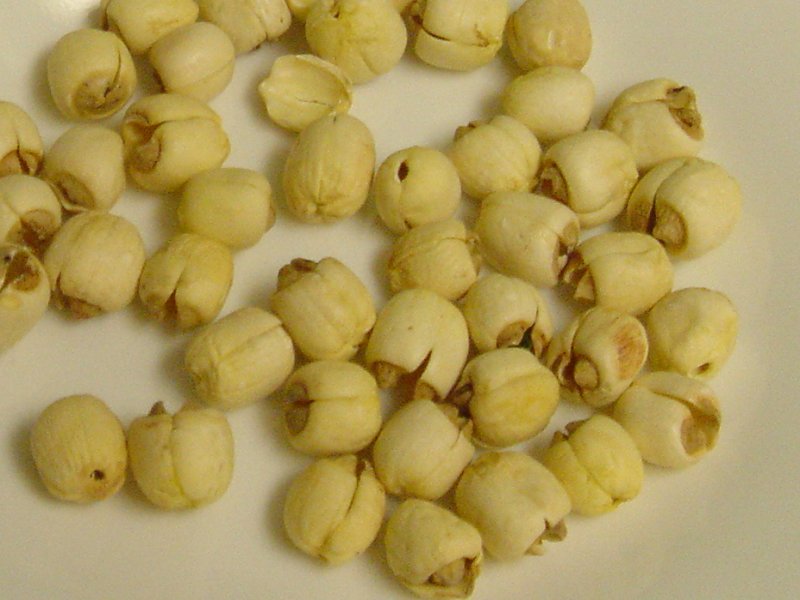|
Ageratina Gracilis
''Ageratina gracilis'' is a plant in the family Asteraceae, native to South America. Range ''Ageratina gracilis'' is native to Colombia, Ecuador, and Venezuela, where it grows in mountains at elevations from 1700 to 4100 meters. Ecology ''Ageratina gracilis'' disperses its seeds by wind and is short-term persistent in the soil seed bank. Uses ''Ageratina gracilis'' has been investigated for possible anti-cancer properties. References gracilis {{Eupatorieae-stub ... [...More Info...] [...Related Items...] OR: [Wikipedia] [Google] [Baidu] |
Asteraceae
The family Asteraceae, alternatively Compositae, consists of over 32,000 known species of flowering plants in over 1,900 genera within the order Asterales. Commonly referred to as the aster, daisy, composite, or sunflower family, Compositae were first described in the year 1740. The number of species in Asteraceae is rivaled only by the Orchidaceae, and which is the larger family is unclear as the quantity of extant species in each family is unknown. Most species of Asteraceae are annual, biennial, or perennial herbaceous plants, but there are also shrubs, vines, and trees. The family has a widespread distribution, from subpolar to tropical regions in a wide variety of habitats. Most occur in hot desert and cold or hot semi-desert climates, and they are found on every continent but Antarctica. The primary common characteristic is the existence of sometimes hundreds of tiny individual florets which are held together by protective involucres in flower heads, or more t ... [...More Info...] [...Related Items...] OR: [Wikipedia] [Google] [Baidu] |
Soil Seed Bank
The soil seed bank is the natural storage of seeds, often dormant, within the soil of most ecosystems. The study of soil seed banks started in 1859 when Charles Darwin observed the emergence of seedlings using soil samples from the bottom of a lake. The first scientific paper on the subject was published in 1882 and reported on the occurrence of seeds at different soil depths. Weed seed banks have been studied intensely in agricultural science because of their important economic impacts; other fields interested in soil seed banks include forest regeneration and restoration ecology. Background Many taxa have been classified according to the longevity of their seeds in the soil seed bank. Seeds of ''transient'' species remain viable in the soil seed bank only to the next opportunity to germinate, while seeds of ''persistent'' species can survive longer than the next opportunity—often much longer than one year. Species with seeds that remain viable in the soil longer than f ... [...More Info...] [...Related Items...] OR: [Wikipedia] [Google] [Baidu] |
